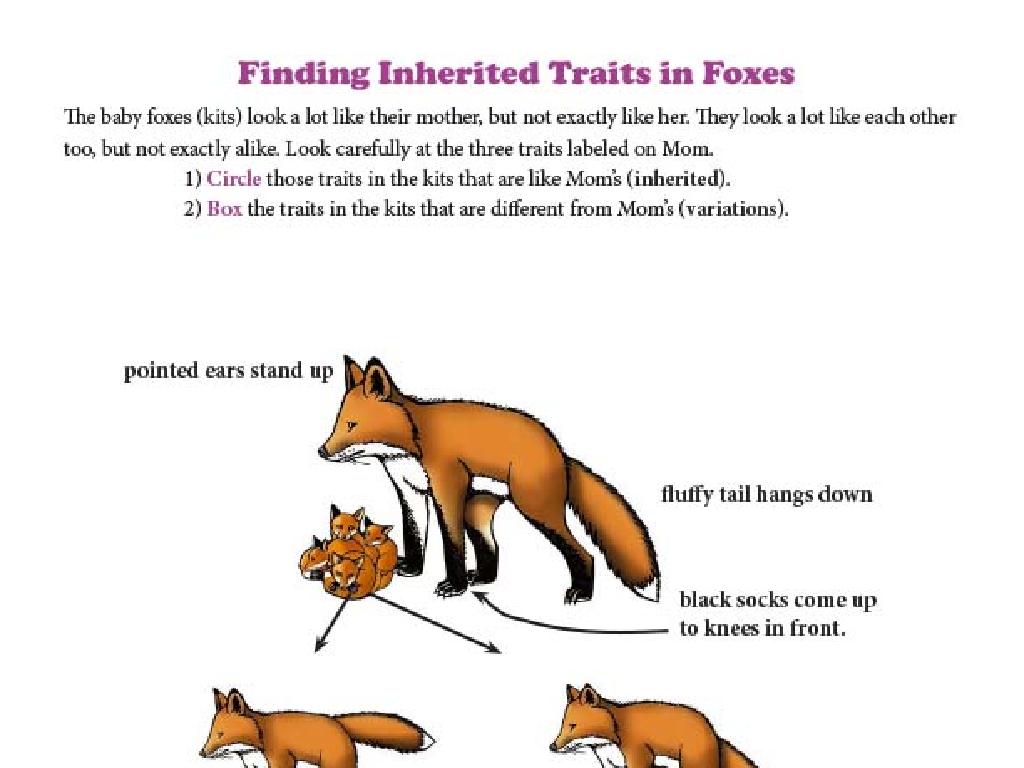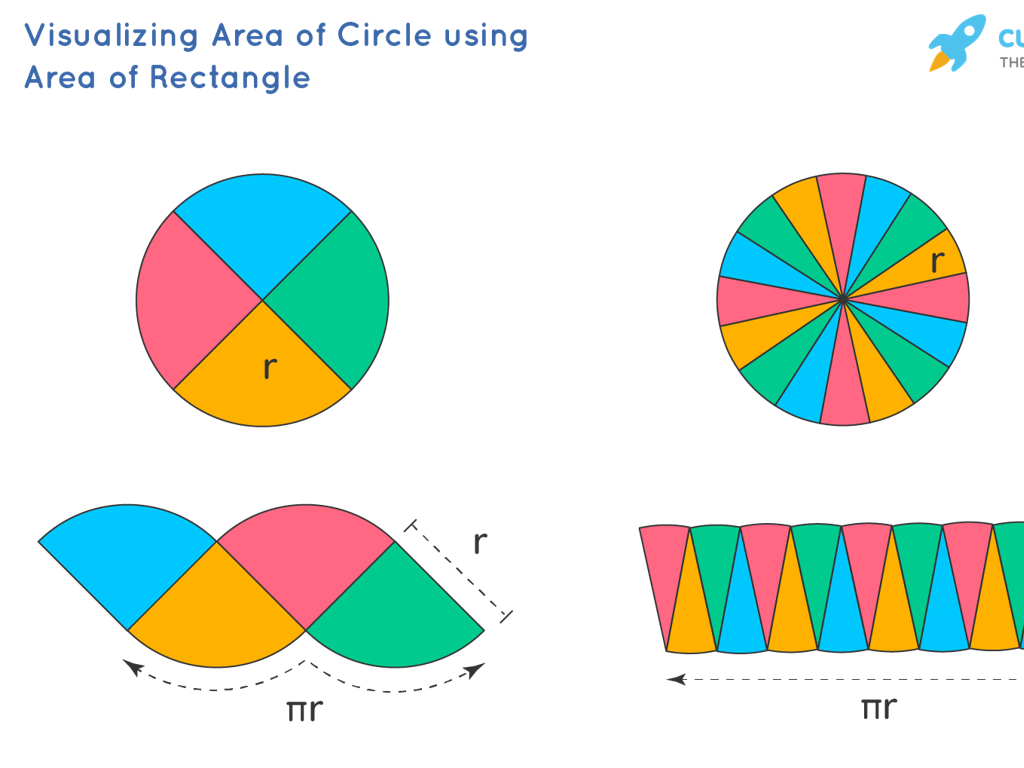Choose Metric Units Of Distance
Subject: Science
Grade: Third grade
Topic: Units And Measurement
Please LOG IN to download the presentation. Access is available to registered users only.
View More Content
Introduction to Measurement
– What are units of measurement?
– Units are like inches or centimeters used to find out how long or big something is.
– Reasons we measure things
– To find the right fit, know the size, or compare things, we measure.
– Exploring measurement systems
– There are two main systems: Metric (meters) and US Standard (inches).
– Metric units for distance
– We use meters and centimeters to measure how far things are in most countries.
|
This slide introduces the concept of measurement to third-grade students. Begin by explaining that units of measurement are the standard quantities we use to determine the length, height, or distance of objects. Discuss the practical reasons why we measure objects in everyday life, such as to ensure clothes fit or to compare the heights of two people. Highlight the difference between the Metric system, which uses meters and centimeters, and the US Standard system, which uses inches and feet. Emphasize that the Metric system is commonly used around the world for scientific and everyday measurements. Engage the students by asking them to measure objects around the classroom using a ruler or tape measure.
Exploring Metric Units of Distance
– What is the Metric System?
– A way to measure things using units like meters for length
– Why we use the Metric System
– It’s used all over the world and makes measuring easy
– Meet the Meter: A Metric Unit
– Meter measures length, like the height of a door
– Comparing Meters, Liters, and Grams
|
This slide introduces the Metric System, a global standard for measurement, to the students. Emphasize that the Metric System simplifies communication of measurements worldwide. Explain that the meter is the basic unit of length in the Metric System, and it can be related to everyday objects such as the height of a classroom door. While liters and grams are not units of distance, comparing them helps students understand that different units measure different things (liters for liquid volume and grams for weight). Use real-life examples to make these concepts relatable, such as measuring water in liters or the weight of fruits in grams. Encourage students to think of other examples where they have seen meters, liters, and grams used.
Choosing Metric Units of Distance
– Learn millimeters to kilometers
– Smallest to largest: mm, cm, m, km
– Picking the right measurement unit
– Use mm for small items, km for long distances
– Match objects with metric units
– A pencil is about 15 cm, a car is about 4 m
– Practice with real-life examples
|
This slide introduces students to the metric units of distance commonly used in science: millimeters (mm), centimeters (cm), meters (m), and kilometers (km). It’s important to explain that each unit is best suited for measuring different lengths mm for tiny objects, cm for everyday items, m for room sizes or heights, and km for distances between places. Provide relatable examples like the length of a pencil or the size of a car to help students visualize the concept. Encourage them to think of other objects and guess their lengths in metric units. This will help them understand how to choose the appropriate unit for measuring various distances.
Comparing Metric Units of Distance
– Millimeters to centimeters
– 10 millimeters make up 1 centimeter
– Centimeters to meters
– 100 centimeters make up 1 meter
– Meters to kilometers
– 1,000 meters make up 1 kilometer
– Practice with real objects
– Measure items in the classroom to understand the units
|
This slide is aimed at helping third-grade students understand the relationship between different metric units of distance. Start by explaining that millimeters (mm), centimeters (cm), meters (m), and kilometers (km) are all units used to measure how long or far something is. Use a ruler to show how many millimeters are in a centimeter, and a meter stick to show how many centimeters are in a meter. For kilometers, relate to distances like the length of a local park or distance from school to home. Encourage students to bring items from home to measure in class for a hands-on understanding of the size of each unit. This will help them visualize and remember the conversion between units.
Using a Ruler to Measure Distance
– Learn the parts of a ruler
– A ruler has inches (in) and centimeters (cm).
– Steps to read a ruler
– Line up the object with the ‘0’ mark and see where it ends.
– Practice measuring with a ruler
– Find objects and use your ruler to measure them.
– Record your measurements
– Write down the length of each object you measure.
|
This slide introduces students to the basics of using a ruler, an essential tool for measuring length or distance. Start by explaining the different parts of a ruler, including the inch and centimeter sides. Demonstrate how to properly align an object with the zero mark on the ruler and how to determine the length by looking at where the object ends on the scale. Provide a variety of objects for students to practice measuring, such as pencils, books, or small toys. Encourage them to record their measurements to compare and discuss later. This activity will help solidify their understanding of measuring and using rulers effectively.
Choosing Metric Units for Measuring Distance
– Measuring a pencil in centimeters
– Pencils are small, so we use centimeters (cm).
– Distance from school to home in kilometers
– Kilometers (km) help measure longer distances, like to your home.
– Best unit for a football field’s length
– Football fields are very long, so we use meters (m).
– Understanding meters and kilometers
– Meters (m) are for shorter distances, kilometers (km) for longer ones.
|
This slide aims to help students understand the practical application of metric units in measuring distance. Start by explaining that different lengths are best measured with different units. Centimeters are suitable for small objects like pencils. Kilometers are used for distances that are too long to walk, such as the distance from school to home. Meters are ideal for measuring the length of a football field, which is neither too small nor too large. Reinforce the concept that meters are for shorter distances that you can walk, while kilometers are for distances you would usually drive or ride. Encourage students to think of other examples and discuss why they would use a particular metric unit.
Class Activity: Measure and Record
– Find classroom objects to measure
– Use metric units for lengths
– Centimeters (cm) for small items, meters (m) for larger ones
– Record your measurements
– Write down the object and its length
– Share findings with the class
|
This activity is designed to give students hands-on experience with measuring objects using metric units. Provide students with rulers or measuring tapes that display centimeters and meters. Explain the difference between the units and when to use each. For example, use centimeters to measure a pencil, and meters to measure the classroom door. Have students walk around the classroom, select different objects to measure, and write down their findings. Encourage them to think about why they chose a particular unit for each object. After the activity, ask students to present their measurements to the class, discussing any interesting observations or questions that arose during the activity. This will help reinforce their understanding of metric units and their practical application.
Conclusion: Choosing the Right Metric Unit
– Importance of correct metric units
Using the right unit helps us communicate clearly and measure accurately.
– Review of metric units for distance
We learned about millimeters, centimeters, meters, and kilometers.
– Estimating distances
Guessing the length or distance before measuring can sharpen your estimation skills.
– Looking ahead to the next class
|
As we wrap up today’s lesson, emphasize the importance of choosing the appropriate metric unit for measuring distance. It’s crucial for clear communication and accuracy in science and everyday life. Recap the metric units discussed: millimeters for small objects, centimeters for items like pencils, meters for room dimensions, and kilometers for distances between places. To prepare for the next class, encourage students to practice estimating distances in their environment to improve their ability to gauge length and choose the right metric unit. This skill will be valuable in our upcoming lessons on estimation.






